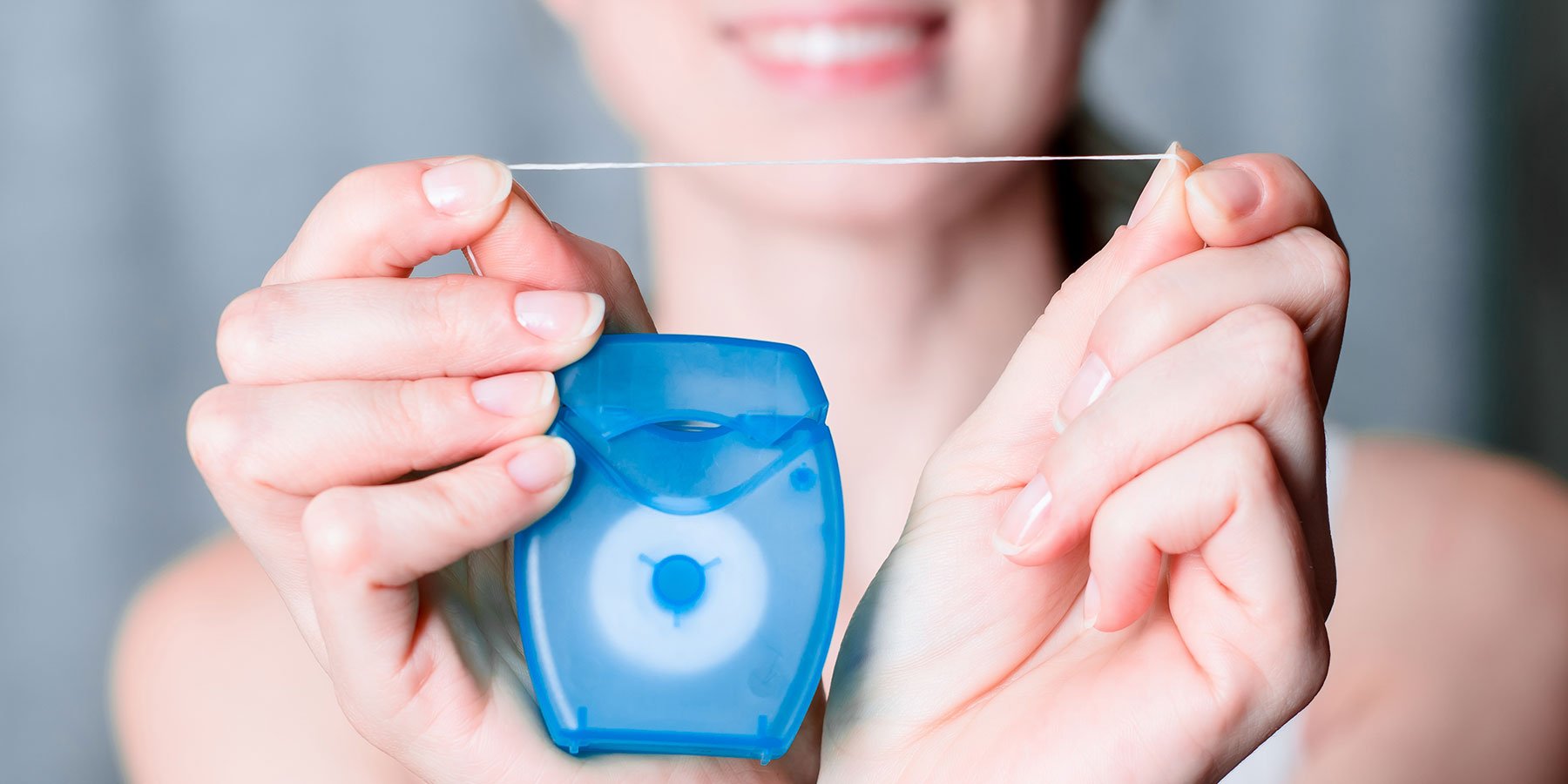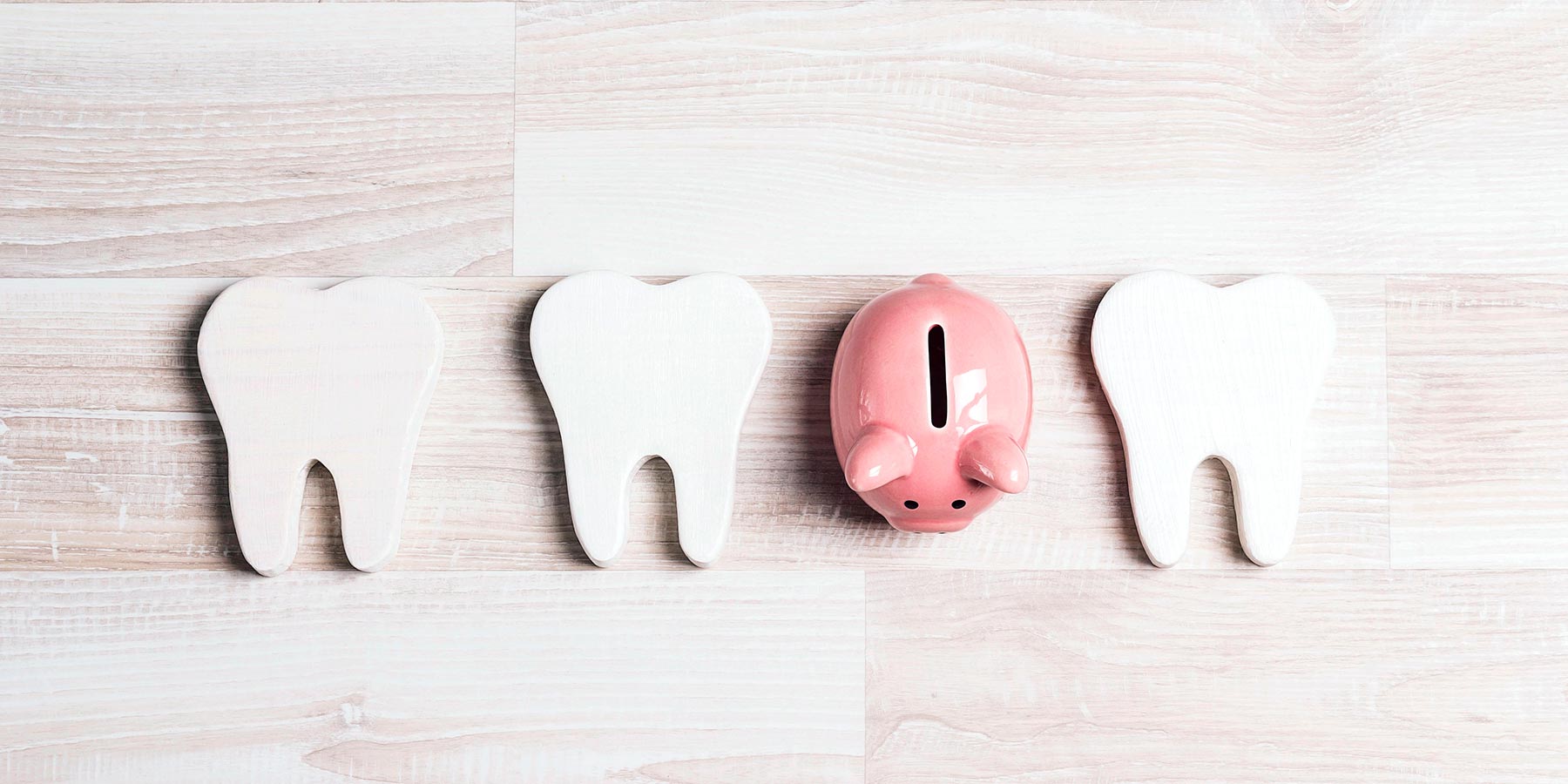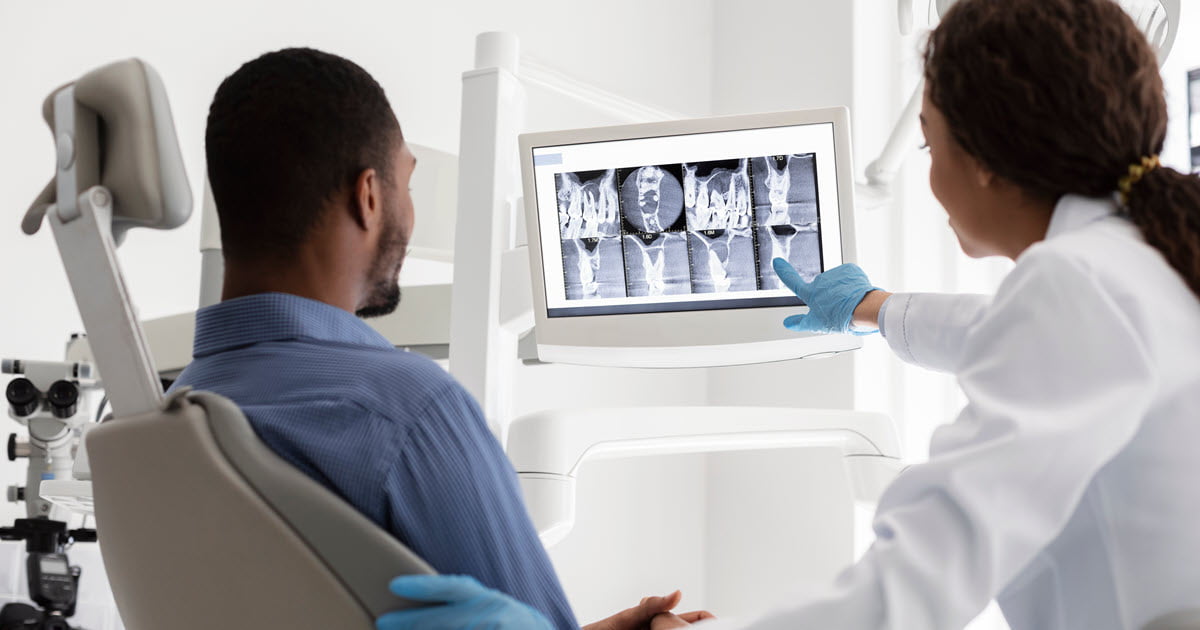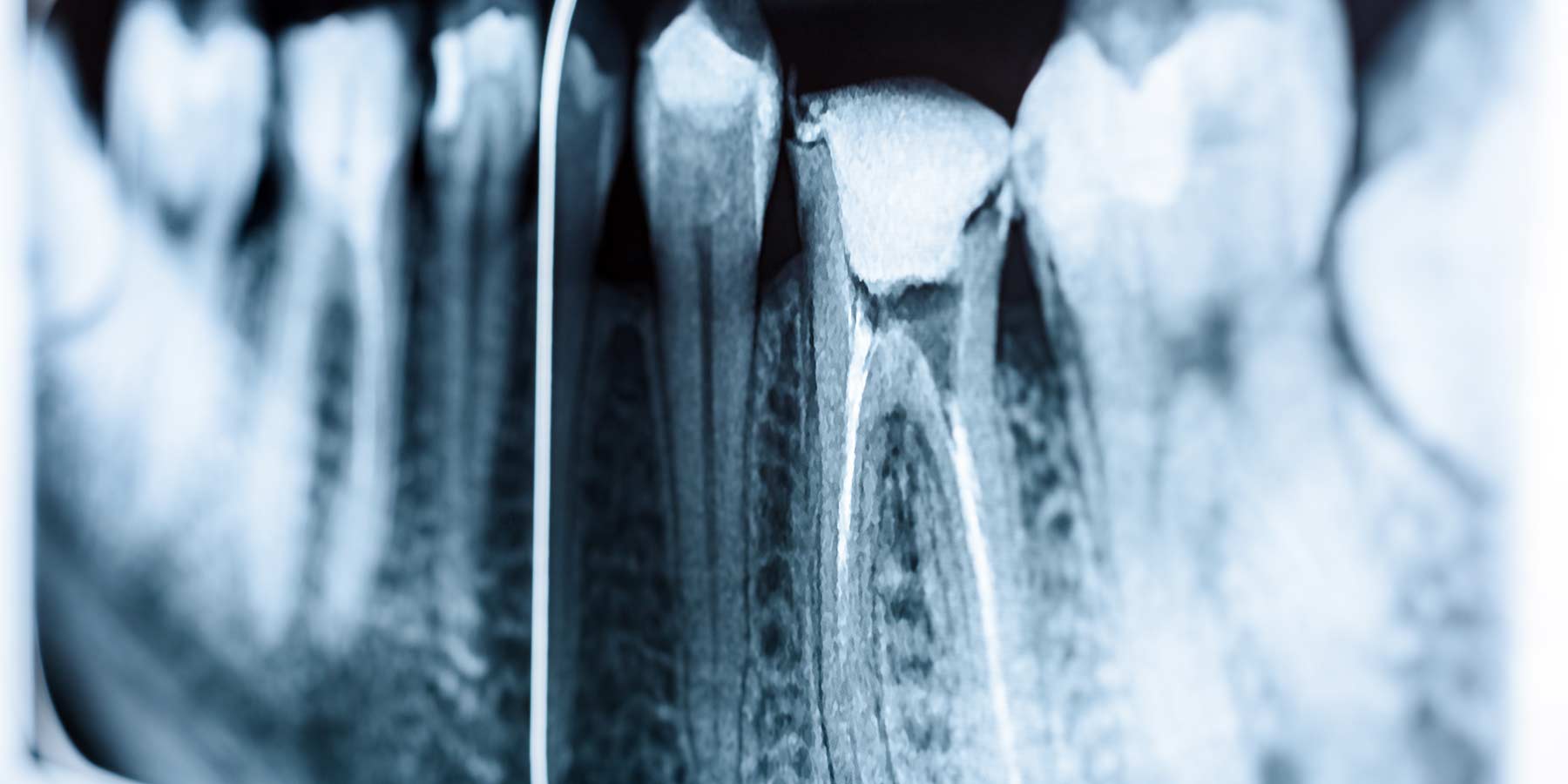We are on a mission to create a healthy smile for your child and today we have more options than ever for making that happen. Traditional metal braces are a great fit for many patients, but new alternatives like ceramic braces and Invisalign® are giving traditional metal braces some serious competition. For many patients, the choice for straight teeth comes down to cost, appearance, and the level of maintenance needed to achieve a beautiful, healthy smile.
How Do Braces Work?
Orthodontic treatment, whether it is done with braces or Invisalign® (or other clear aligners), is accomplished by gently putting pressure on the teeth to move them into a new position. In the case of traditional braces, brackets are bonded to the tooth surface and a wire is then placed that puts pressure on the teeth. That wire is kept in place by small, often colorful ties. Patients need to see their orthodontist every six to eight weeks to have the wire adjusted and new ties placed.
When Should I Start Considering Braces?
Most people associate braces with the “tween” years of 12-16. But it’s important to evaluate potential needs as early as 7 years old when your child still has plenty of baby teeth. They may look perfectly straight to you, but there could be developmental or growth problems lurking behind that adorable smile. Taking an early peek at the jaw structure and mouth allows your orthodontist to identify problems right away and come up with an early treatment plan. With early evaluation and continued monitoring, your orthodontist can let you know what to expect as your child grows and his/her adult teeth begin to erupt.
If an early evaluation does reveal some potential problems, then those issues can be addressed as your child grows. Handling some orthodontic concerns while your child is still experiencing rapid growth can prevent more severe problems later in life. In some cases, early treatment will help to avoid surgery and prevent periodontal issues in the future.
An early visit to your orthodontist can improve and safeguard your child’s oral health in a variety of ways, including:
- Eliminate or reduce the need for corrective surgery as a teen or adult
- Shorten the length of any treatment needed as a teen or adult
- Correct oral habits that may be impacting teeth and/or jaw
- Optimize facial appearance later in life
- Assist permanent, adult teeth into a better position
- Improve speech
Metal Braces
The good news is that even traditional braces are a far cry from the old-school appliances many parents grew up with. Metal braces are far less intrusive and noticeable than they used to be. The size of individual braces, also known as brackets, has significantly decreased over time. The materials used for the wire has also changed; this results in lighter forces on the teeth making the orthodontic process more comfortable for patients. The ties that hold the wire to the brackets come in a variety of colors and for many patients choosing these colors at each visit is one of the most exciting parts of having metal braces.
The pros: Metal braces can withstand the most pressure of any orthodontic appliance. They are less likely to break than ceramic brackets; this is a definite advantage for patients who have a hard time staying away from the hard and sticky foods that should be avoided during orthodontic treatment. Metal braces may be the best option for patients who need more complex orthodontic treatment. They are also great for patients that want fun colors to match holidays, sports teams, or a special outfit!
The cons: Metal braces are the most visible treatment option which may not be desirable for patients who are self-conscious about their appearance. Metal brackets can also cause irritation of the cheeks and gums when the braces are first placed.
Ceramic Braces
Ceramic braces are similar to metal braces and use the same wire and bracket system, however ceramic braces are less noticeable because the brackets are made of clear or tooth-colored ceramic material. Like metal braces, ceramic braces also use ties to hold the wire in place, but these ties are generally clear or white to blend in with the teeth.
The pros: Ceramic braces are less visible than metal but are still strong and durable. Some patients think they are more comfortable than metal braces. For patients who might not be good candidates for clear aligners and who don’t want metal brackets, ceramic braces are a great alternative.
The cons: Ceramic braces can stain if certain foods or drinks are frequently consumed or if the braces and teeth are not properly cleaned. They are slightly less durable than metal braces so it is very important that patients are careful with what they eat.
Clear Aligners: An Alternative To Braces
Removable clear aligners like Invisalign® are more popular than ever and offer patients a more flexible and less noticeable orthodontic treatment. Your orthodontist creates a customized plan for gradually straightening your teeth using a set of clear aligner trays to shift the teeth into the desired position. Aligners need to be worn for 20 to 22 hours a day to be effective, and many patients appreciate the chance to remove their appliances while eating and cleaning their teeth. Every one to two weeks, patients switch to a new aligner tray throughout the process.
A note of caution – there has been an influx of “At Home” options for clear aligners. These are typically not under supervision of an orthodontist and are not ideal for a complete orthodontic plan. We recommend working directly with an orthodontist for a safe and effective solution.
The pros: Invisalign® is becoming an increasingly popular choice for both teens and adults. Aligners are clear and much less visible than braces so they can be a great choice for patients who might be self-conscious about metal braces. One of the main benefits of aligners is that they are removable. This makes things like flossing, brushing, and eating much easier. Additionally, the food restrictions that many patients face with traditional braces (i.e. overly hard or chewy food), do not apply when using aligners. Many patients also report that the plastic used for removable aligners is less irritating to the cheeks than braces. Another advantage of clear aligners is that orthodontic office visits are less frequent with Invisalign® which saves patients time.
The cons: Aligners only work when they are worn and thus may not be the best option for patients who are not ready to take responsibility for their treatment. Aligners must be taken out to eat and immediately placed back in the mouth after eating. Patients who frequently lose things or are forgetful may want to consider an alternative form of orthodontic treatment.
Choosing The Right Braces: Your Orthodontist Can Help
There are a variety of great orthodontic treatment options. Your orthodontist is an important partner in helping you make the best decisions based on all of the considerations. With years of expertise and a caring approach, Dental Health Associates will help you choose the best type of orthodontic treatment for you or your child.
Request a Free Orthodontics Consultation










